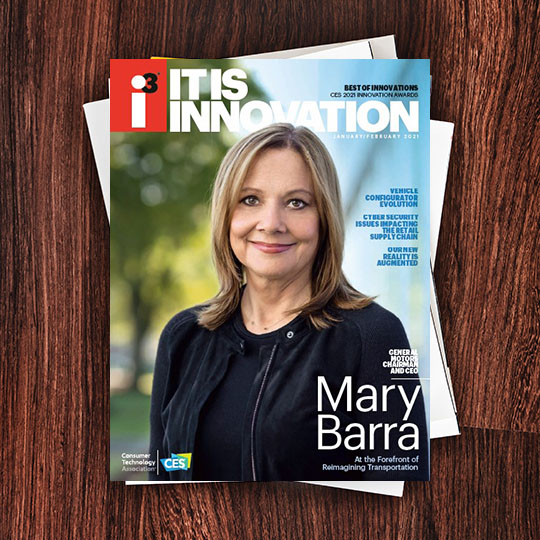The parties also will use the test data to inform a process designed to establish a voluntary agreement that includes minimum energy efficiency levels for most new televisions sold in the U.S. and Canada. Similar energy efficiency voluntary agreements are in place for set-top boxes and small network equipment such as routers and modems.
“This agreement is a promising step toward modernizing the approach to TV energy efficiency,” said Doug Johnson, vice president of technology policy, CTA. “CTA is thrilled to join NRDC and ACEEE as partners in this initiative. And we look forward to developing a strong program that makes televisions more energy efficient and enables continued innovation.”
“By working together, we hope to develop an updated test method that better reflects the actual amount of electricity used by new televisions and find ways to bring down their national energy consumption,” said Noah Horowitz, senior scientist, NRDC. “As today’s TVs are being sold with an ever-increasing set of features and getting larger every year, efforts like this to improve their efficiency are vitally important.”
“As technologies evolve and new features become commonplace, it’s critical that test methods keep up,” said Jennifer Amann, buildings program director, ACEEE. “An updated test method will provide consumers, policymakers, and others a more realistic picture of TV energy use to inform their decisions. Through this collaboration, we’ll work on a new test method and encourage its use in efficiency programs to reduce energy use and associated carbon emissions from TVs.”

I3, the flagship magazine from the Consumer Technology Association (CTA)®, focuses on innovation in technology, policy and business as well as the entrepreneurs, industry leaders and startups that grow the consumer technology industry. Subscriptions to i3 are available free to qualified participants in the consumer electronics industry.